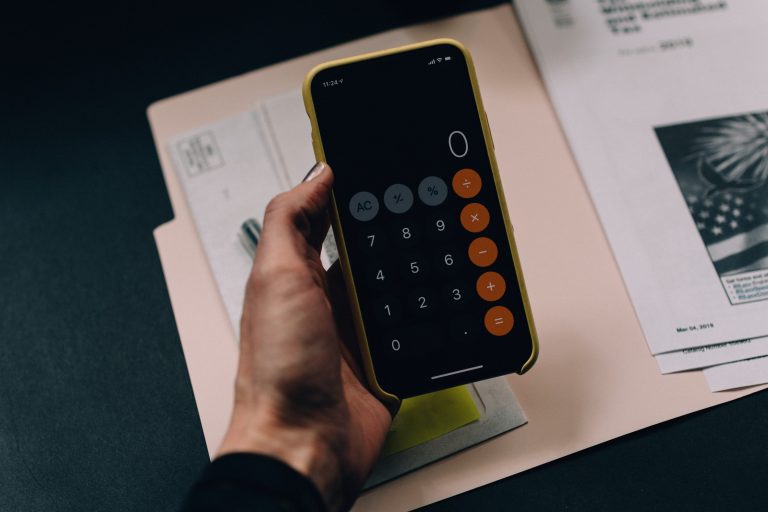The key to a healthy financial state is a BUDGET. Having a budget does not necessarily mean you have to live a penny-pinching scraping-by way of life. It simply means you know how much you earn, you know your set expenses (rent, tuition, car insurance and childcare, for example) and your favorite extravagances, and you keep a track of what you spend so that you don’t overdraw your bank account. If you make a realistic budget and track your expenses, you might be able to set aside some money every month for emergencies, even if it is only $10.
Here are the steps to creating a realistic budget:
Step 1: Identify Your Goals
It will be easier to live by a budget if you have financial goals that you are trying to reach. Your goal might be something really big like saving up to buy a car or pay for a study abroad program. Or your goal might just paying your bills on time every month, So determine your goals and write them down. Remind yourself of your goals, and that by following a budget you are getting closer by the day to realizing them.
Step 2: Estimate Your Income and Expenses
When estimating your income, include everything you reliably get – wages, foster care stipend, financial aid (loans, scholarships and grants), child support, and federal assistance (like SSI). In calculating your wages, use the net (after taxes) amount. Look at your check stubs if you aren’t sure.
Now estimate your monthly expenditures. There are two types:
- Set expenses –these are expenses that don’t change much month to month. Rent, utilities, loan payments, cell phone bill, car insurance, child care, stu
 dent loan payments, and health insurance
dent loan payments, and health insurance - Casual spending – these are expenses that change all the time. Clothing, dining out, gasoline, Uber trips and happy hour. A lot of money simply disappears out of your pocket – a $3.00 cup of a coffee daily adds up to nearly $100 a month – and you don’t even realize it’s missing. And at $5.00 a pack, cigarettes can empty your pocket pretty darn quickly too!
How do you know how much you spend in a month? Collect as many of your old receipts and bills as you can find. Check your bank account online to see what you’ve spent in the last few months.
Now for the trickier part. Put a sticky note in your wallet or keep a little notebook, and write down every PENNY you spend and what you spend it on, for one week. If you use quarters for the laundry or grab a Big Mac, buy an exam booklet or see a movie – write it all down and add it up.
Step 3: Tally Your Income and Expenses
Once you have all the numbers, get ready to do some math. You can write everything down yourself, or you can download a budget form in Word or Excel. Or go to a website such as CIC Money, Ohio Means Jobs, Mapping your Future, or Clear Point.
Now you know what you earn and what you spend and you can see, in black and white, where your money actually goes. You might be horrified – $37 on coffee in one week?? – or you might be pleased at how well you live within your means.
Step 4: Adjust Your Budget
Look at each category and determine where you feel you do well and where you could trim. If you eat out only once a week instead of three times, you might save a lot every month.
Step 5: Fill in the Gaps
You can only cut so much. If you are unable to pay your bills, there are places that you can go for assistance.
- Find a food bank near you
- Get help paying utilities
- Apply for food stamps
- Apply for WIC (for pregnant women and people with children under the age of 5)
- Use the federal government’s benefit’s finder to find benefits you may be eligible for
- If you’ve recently become unemployed, apply for Unemployment benefits
- Find free or cheap internet
- Search our list of resources in your area
or call your United Way’s 2-1-1 phone line. They will be able to put you in touch with services and support in your area.
If you are looking for work, many employers are hiring nationwide. Check out CVS, Family Dollar, grocery stores (Kroger, Albertsons, Giant Eagle, Meijer, Trader Joe’s, Whole Foods, Save a Lot, Aldi), Target, Walgreens, Amazon, Instacart, Walmart, chain pizza places (Dominos, Pizza Hut, Papa Johns), and 7-Eleven to see if they are hiring in your area. You can also become a tasker on TaskRabbit or sell plasma.
Step 6: Maintain Your Budget
A budget is not a one-shot deal. Once you have established your expense and figured out how to live within your means, you have to STICK TO IT. Keep track of what you spend so that you don’t overspend – if you splurge on something on Monday, recognize that you have to be frugal until your next paycheck.
Also, your budget is a flexible tool. If you pay off a loan or move to a less expensive apartment, change your budget categories accordingly.
Download budget forms here:






